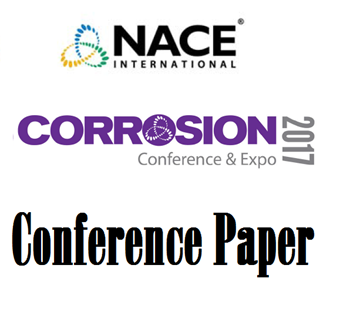Search
The thermal properties that influence the performance of insulation coatings used for personnel protection – redefining “Safe Touch”
Also Purchased
(Insulation & Corrosion) Field Application of Third Generation Polysiloxane Coating Systems
Product Number:
18-COAT_DEC21
Publication Date:
2021
$20.00
Performance of Next Generation CUI Mitigation Systems
Product Number:
51317--9331-SG
ISBN:
9331 2017 CP
Publication Date:
2017
$20.00
Test Method for Coatings under Thermal Insulation
Product Number:
51314-4193-SG
ISBN:
4193 2014 CP
Publication Date:
2014
$0.00




